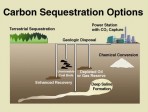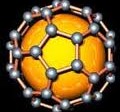 00:54:00
00:54:00
C-60, the Celestial Sphere that Fell to Earth
In 1985 an experiment, designed to unravel the carbon chemistry in Red Giant Stars, revealed the existence of C-60 Buckminsterfullerene (the third allotropic form of carbon). The story of the discovery and the way its symmetry relates to the natural ....
More details | Watch now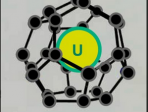 00:03:00
00:03:00
C28
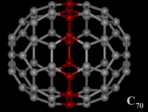 00:03:00
00:03:00
C60 and C70: The Isolated Pentagon Rule (IPR) for Pristine Fullerene Stability – Kroto Simultaneously Proven by Schmalz et al
Dr. Kroto explains his Isolated Pentagon Rule and how it contributes to fullerene stability
More details | Watch now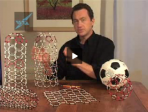 00:04:00
00:04:00
C60 and Nanotubes
Jonathan shows how a sheet of graphite (hexagons) can be modified to make closed cages and tubes. In real life the smallest of these tubes are only 1/100,000,000 meter in diameter - a nanometer (nm) - hence they are called nanotubes. Depending on....
More details | Watch now 00:32:00
00:32:00
C60-Buckminsterfullerene: Not just a Pretty Molecule
Amongst the Nobel Laureates lecturing in Lindau, Sir Harold Kroto would probably earn the award for the most unusual and characteristic way of presenting. This lecture, which is the first he ever gave in Lindau, is no exception. Kroto`s way of presen....
More details | Watch now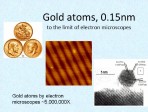 00:07:00
00:07:00
Can we see atoms?
We see smaller and smaller objects through naked eye and microscopes, from hair to atoms.
More details | Watch now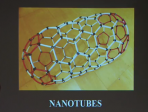 00:07:00
00:07:00
Carbon nanotubes
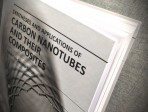 00:05:00
00:05:00
Carbon Nanotubes and Structures
The science of carbon nanotubes and related materials. How can we use them to make novel hybrid structures?
More details | Watch now 00:30:00
00:30:00
Catalysis at Surfaces: From Atoms to Complexity
Catalysis by solid surfaces is, among others, of importance for the chemical industry (e.g. the Haber-Bosch process) as well as for environmental chemistry (car exhaust catalyst). Surface physical techniques enable investigation of the underlying e....
More details | Watch now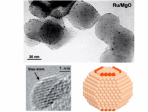 00:31:00
00:31:00
Catalysis at Surfaces: From Atoms to Complexity
This lecture addresses the question if spatio-temporal self-organisation of matter which is so characteristic for living systems can also be verified with a simple inorganic reaction in which the observed phenomena of complexity can be traced back to....
More details | Watch now